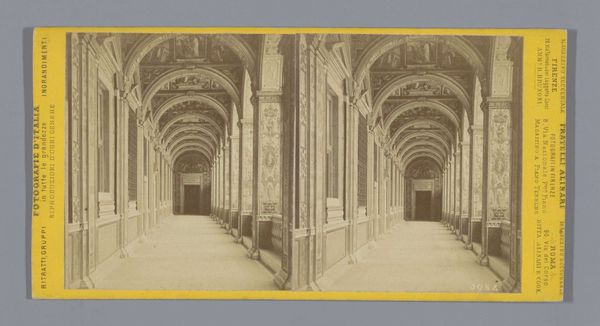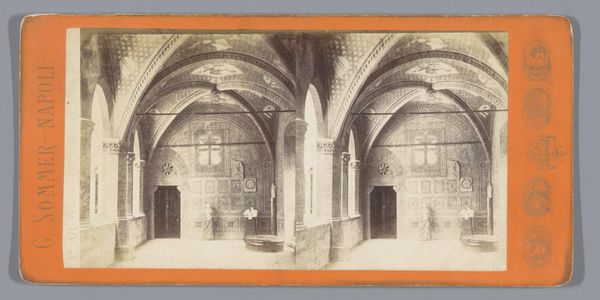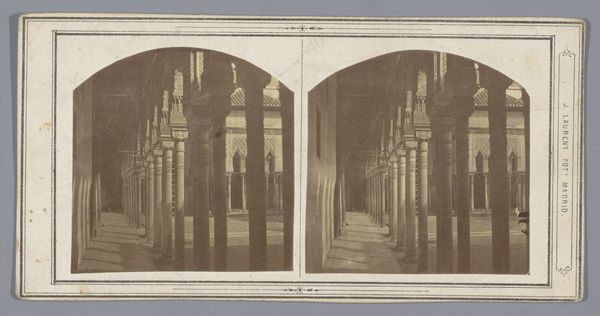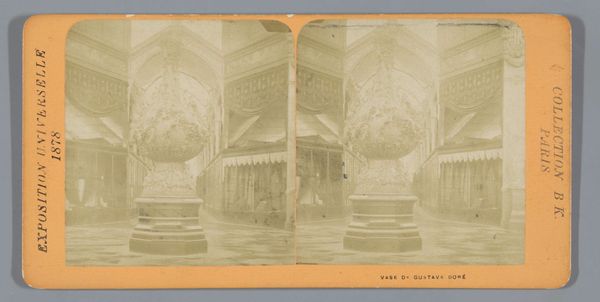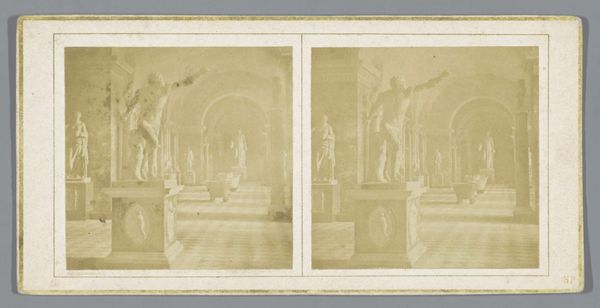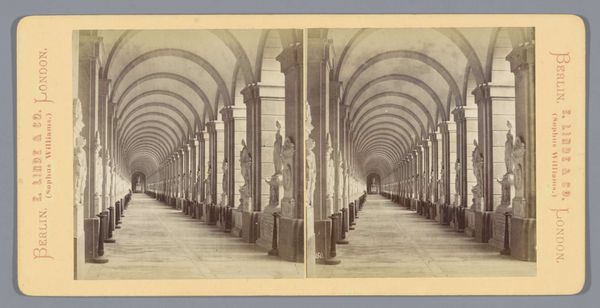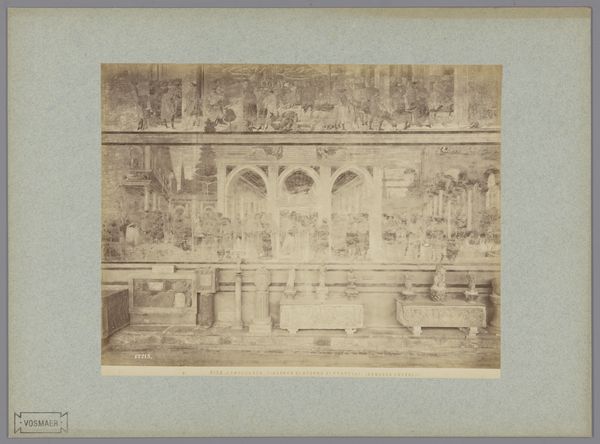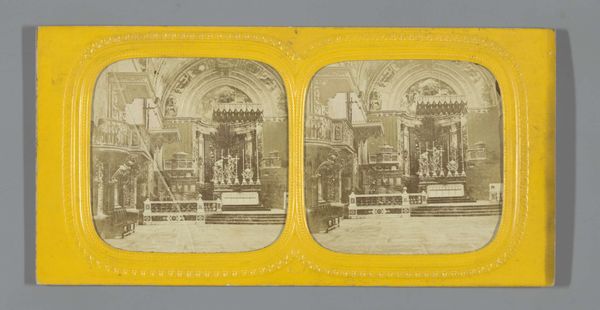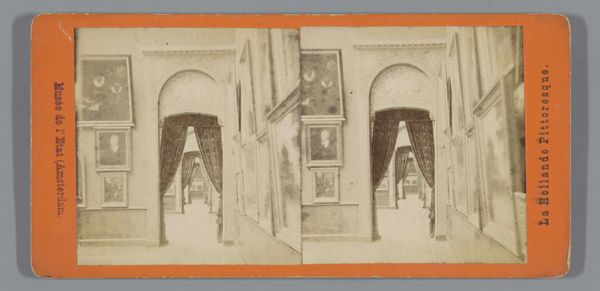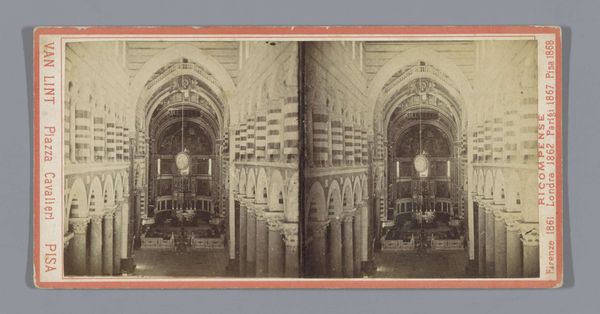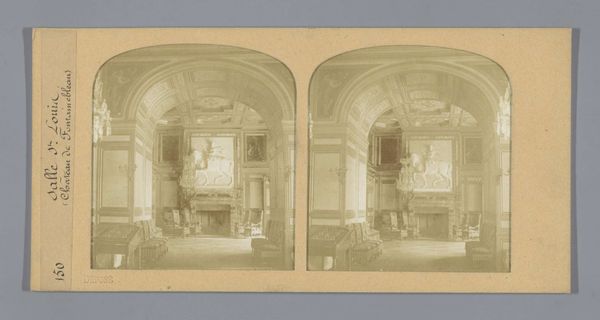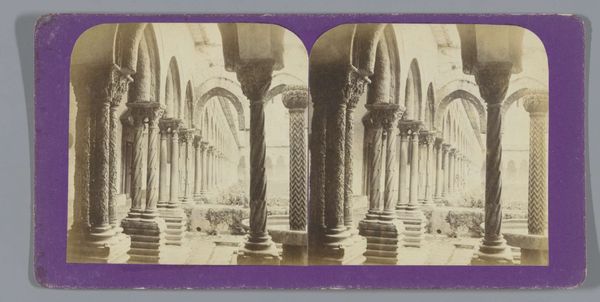
Beeldengalerij in de Salle des Antiques, gezien naar de Venus van Milo, Musée du Louvre, Parijs 1853 - 1863
0:00
0:00
photography, gelatin-silver-print
#
portrait
#
neoclacissism
#
sculpture
#
landscape
#
perspective
#
photography
#
gelatin-silver-print
#
cityscape
#
academic-art
#
miniature
Dimensions: height 84 mm, width 170 mm
Copyright: Rijks Museum: Open Domain
Charles-Henri Plaut made this stereo card of the sculpture gallery in the Louvre, focusing on the Venus de Milo, sometime in the mid-19th century. Stereo cards like this were a popular form of entertainment, a proto-VR technology that offered a sense of depth and immersion. Consider the gaze offered by this image, though. Plaut’s lens, while innovative, was still a product of its time. In the 19th century, the Louvre, like many Western museums, was a space of colonial encounter, where European audiences could consume and classify the art and artifacts of other cultures. The Venus de Milo herself, a symbol of Western beauty ideals, stands as a focal point in this narrative. Think about the way that photography during this time also reinforced notions of race, gender, and class, often objectifying and exoticizing its subjects. How do you think this photograph challenges or perpetuates this history? Consider its function as entertainment for a specific audience, and how it shapes our understanding of both art and cultural identity.
Comments
No comments
Be the first to comment and join the conversation on the ultimate creative platform.
